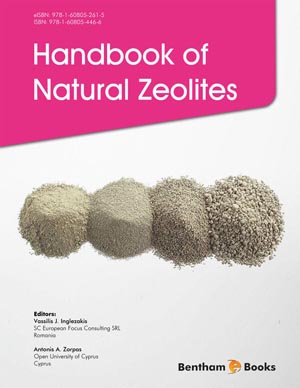Abstract
Within the climatic change after the LGM to the final Ice Age interstadials and stadials changed with humid and dryer periods. A strong “cave ceiling collapse” throughout the cave within this time frame blocked some passages up to the Collapse Hall. Most of the candle stalagmites were formed in this time between 16.000-12.000 BP with the last and main speleothem genesis, which continues since the Holocene. The cave floor was covered especially in the larger halls by falling large blocks which scattered the reindeer antlers in the Reindeer Hall, but also closed the connections of the chambers/halls in the middle part of the cave. Between those, and on those, a variety of different speleothem types formed, whereas the largest are found within the Millionary Hall. Sinter basins are also found there and in the connected Reinder Hall, only. After all sedimentological, stratigraphic, and cave bear clock dating methods, nearly the complete large “sinter decoration” of the Sophie’s Cave must have build up in the middle to late Late Pleistocene covering the cave bear skulls/bones of U. spelaeus eremus/spelaeus and U. ingressus and their bonebeds all over in a second larger speleogenesis time starting in a warmer interstadial around 42.000 BP (Millionary after Chapter 3) and a third final main speleogenesis time around 16.000- 12.000 BP in the Alleroed to Dryas which continued since the Holocene.
Keywords: Speleothem forms, ages, climate record, cave part and speleothem layer collapses, final Late Pleistocene, Post-LGM.












